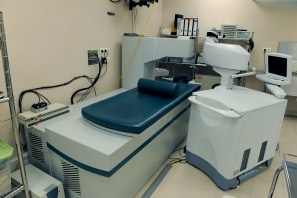Use of glass and metals in medical devices will decline over the next few years while the use of polymers will increase, despite the latter’s gradual increase in price, according to an analysis from a market survey and consulting firm.
price, according to an analysis from a market survey and consulting firm.
Polymers’ versatility is the key to this phenomenon. Scientists’ “ability to engineer and customize polymers according to varied application needs will create lucrative opportunities,” says the analysis from Frost & Sullivan. The firm’s new report, “Western European Market for Polymers in Medical Devices,” says that polymers earned revenues of EUR 602 million ($743 million) in 2011, but they are projected to nearly double in to EUR 1.075 billion ($1.328 billion) in 2018.
This growth will be driven by the increasing replacement of other standard materials in medical devices by polymers, such as polyvinyl chloride (PVC), silicone, thermoplastic elastomers, and other engineering and high-performance polymers that will win new applications, reports Plastics Today. Frost & Sullivan Research Analyst Tridisha Goswami sees growth caused by three factors: a rapidly greying population; increasingly sophisticated equipment; and portable, impact-resistant medical devices suitable for homecare settings.
“Competition is intense and market participants have to diversify their product lines and be a one-stop-solution for all healthcare material needs,” Goswami says. “Manufacturers should focus on developing novel, high quality products that meet the particular needs of varied applications.”
The analysis found that polymers that have become “the material of choice” in medical applications are those with higher chemical and impact resistance, and superior mechanical and thermal properties. These applications include medical tubing, wound care, adhesives, and lubricants.
Medical devices need to be increasingly smaller and functional, especially in homecare, while aesthetically pleasing. Polymers help meet those needs with exceptional durability, flexibility, and strength, as well as the ability to be colored while permitting lightweight and portable, the survey says.
Polymer use in health care is a low-volume market, relative to use in the automotive and construction industries. However, they provide opportunities for higher margins, the firm says.
Source: “Plastics win, metals and glass lose in medical device material battle,” Plastics Today, 8/8/12
